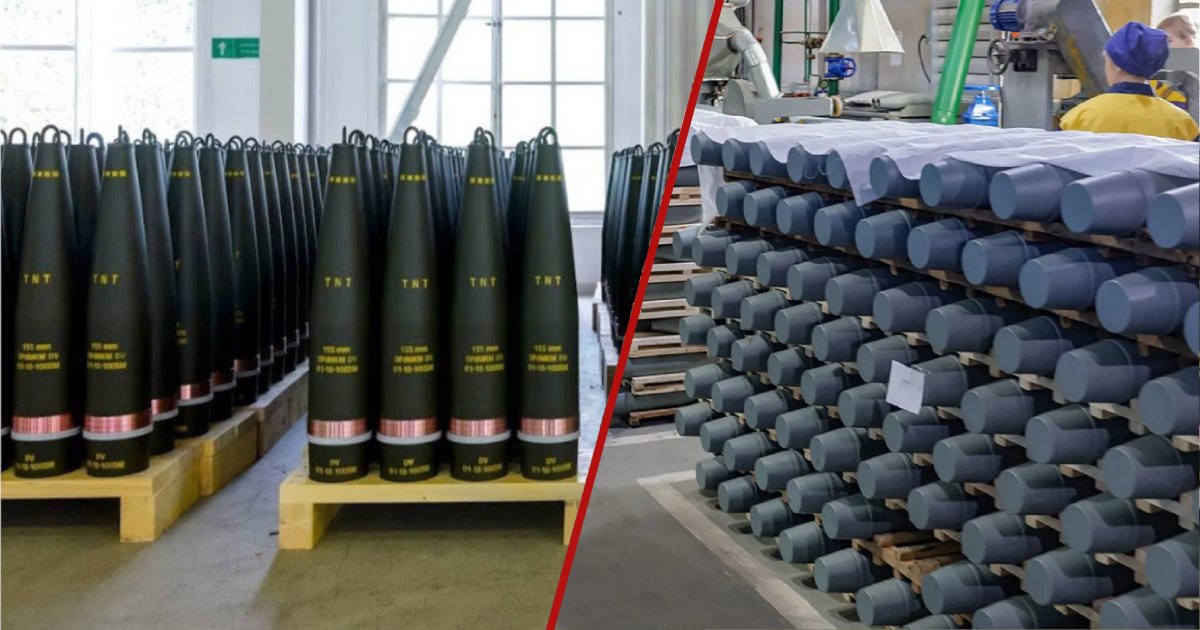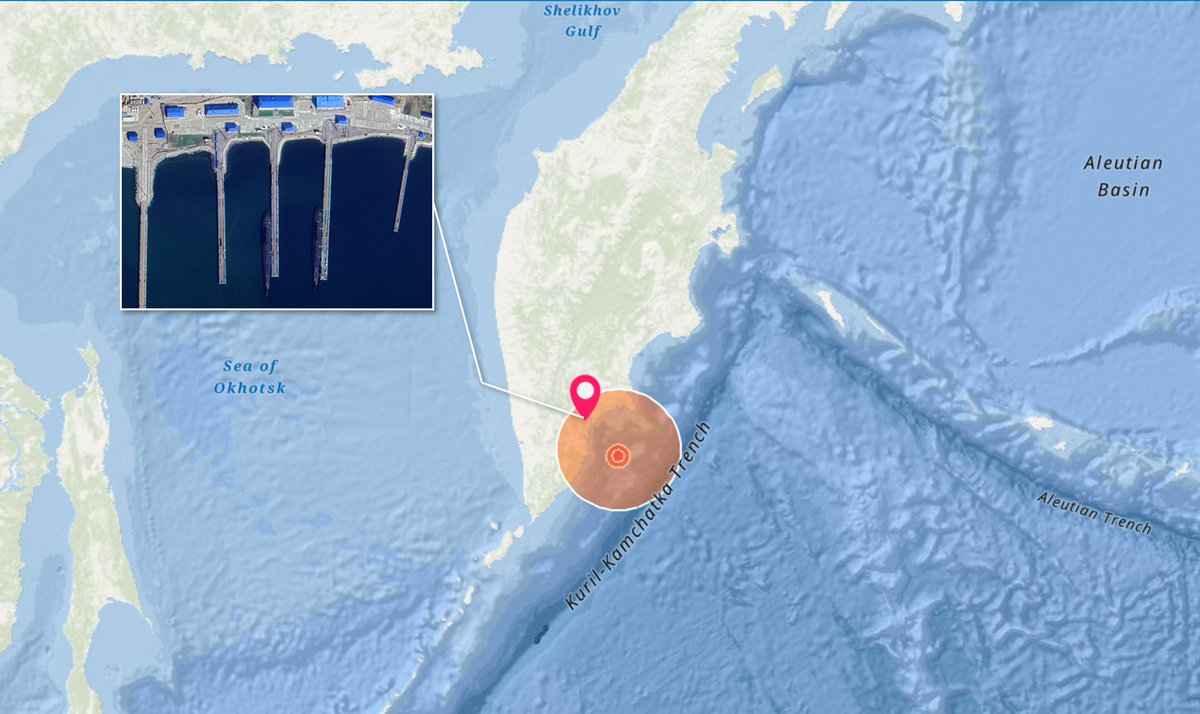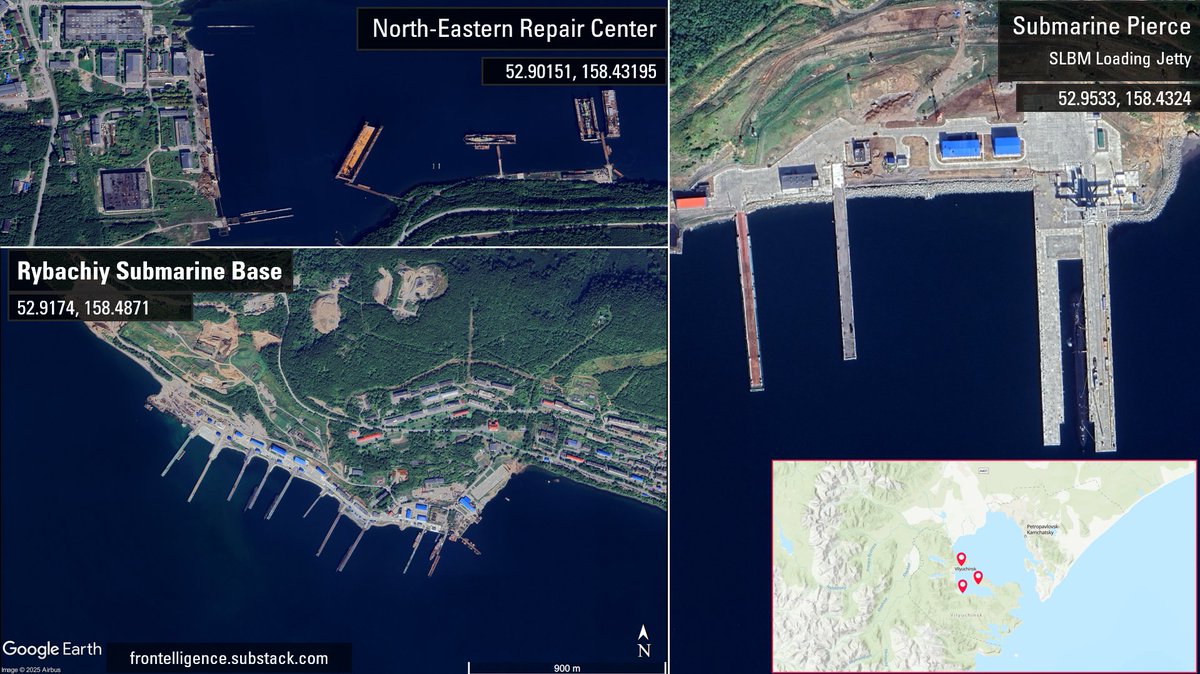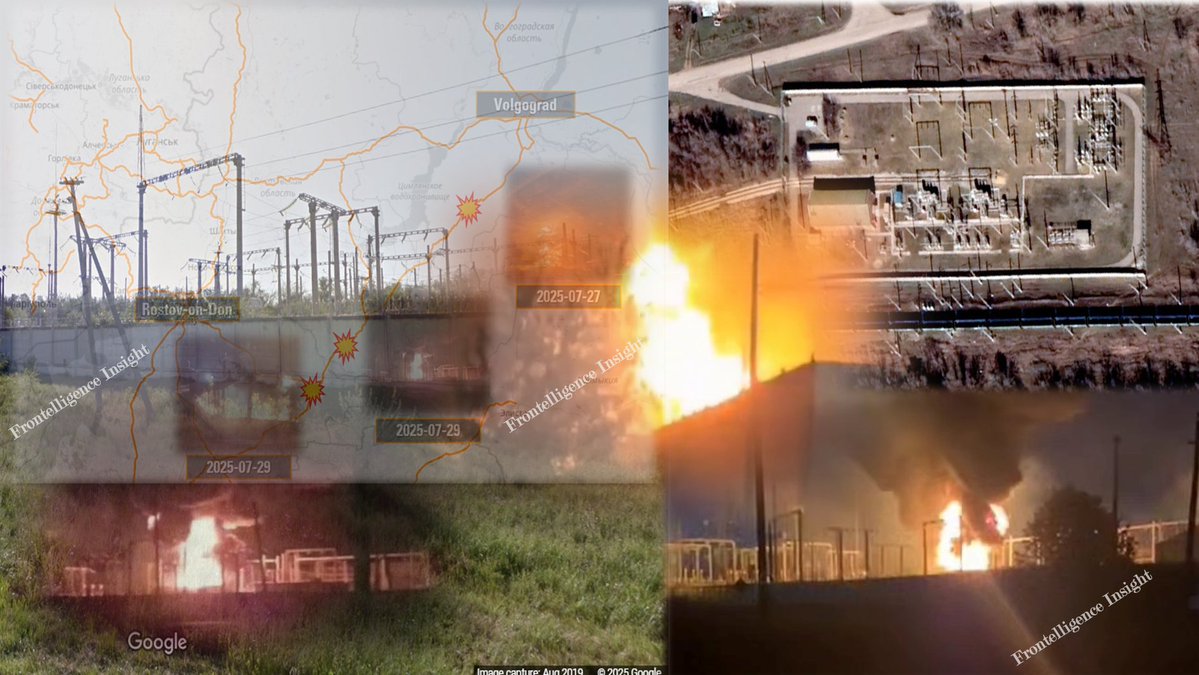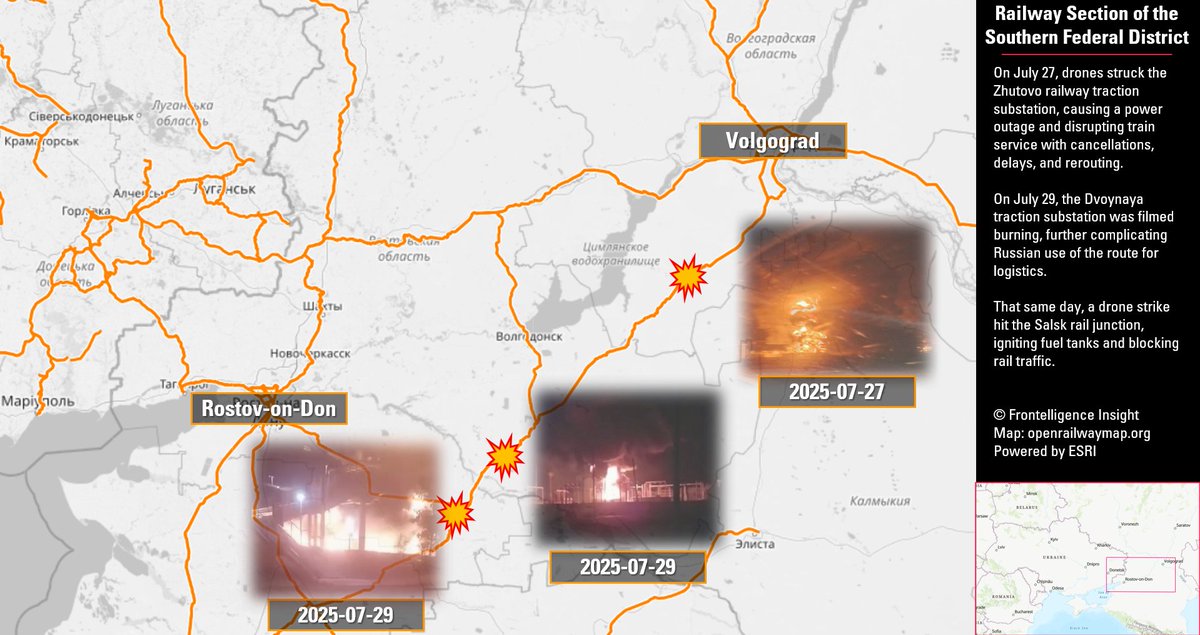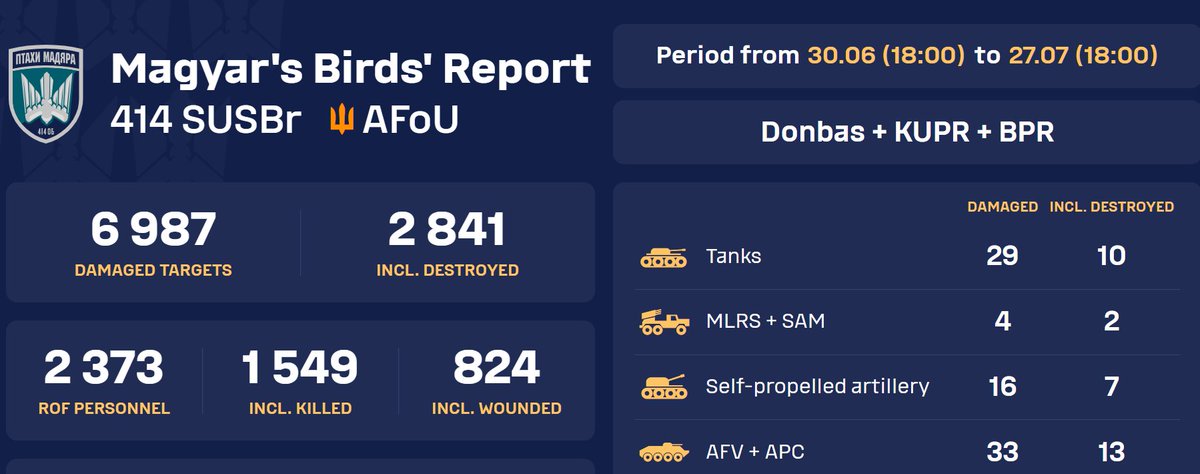Satellite image taken about two weeks before the earthquake shows 6 nuclear submarines at Russia’s base near Petropavlovsk-Kamchatsky, just over 100 km from the quake’s epicenter. The breakdown is: 3 Oscar-class, 1 Akula-class, 1 Borei-class, and 1 Delta-class submarine 
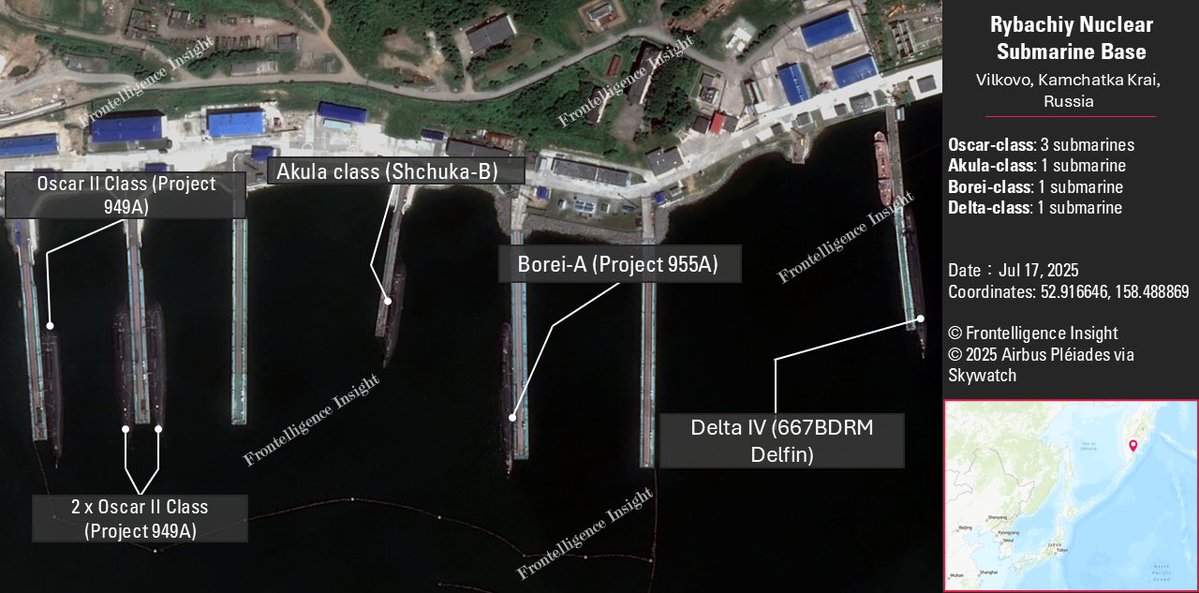
2/ The composition and number of submarines likely changed after the observation, but some were almost certainly still present before the earthquake. Given the shallow depth of Avacha Bay, it is likely that some submarines were relocated to deeper waters ahead of the tsunami.
3/ Overall, our team does not anticipate significant damage or destruction, however, imagery in the coming days will provide further clarity.
• • •
Missing some Tweet in this thread? You can try to
force a refresh


